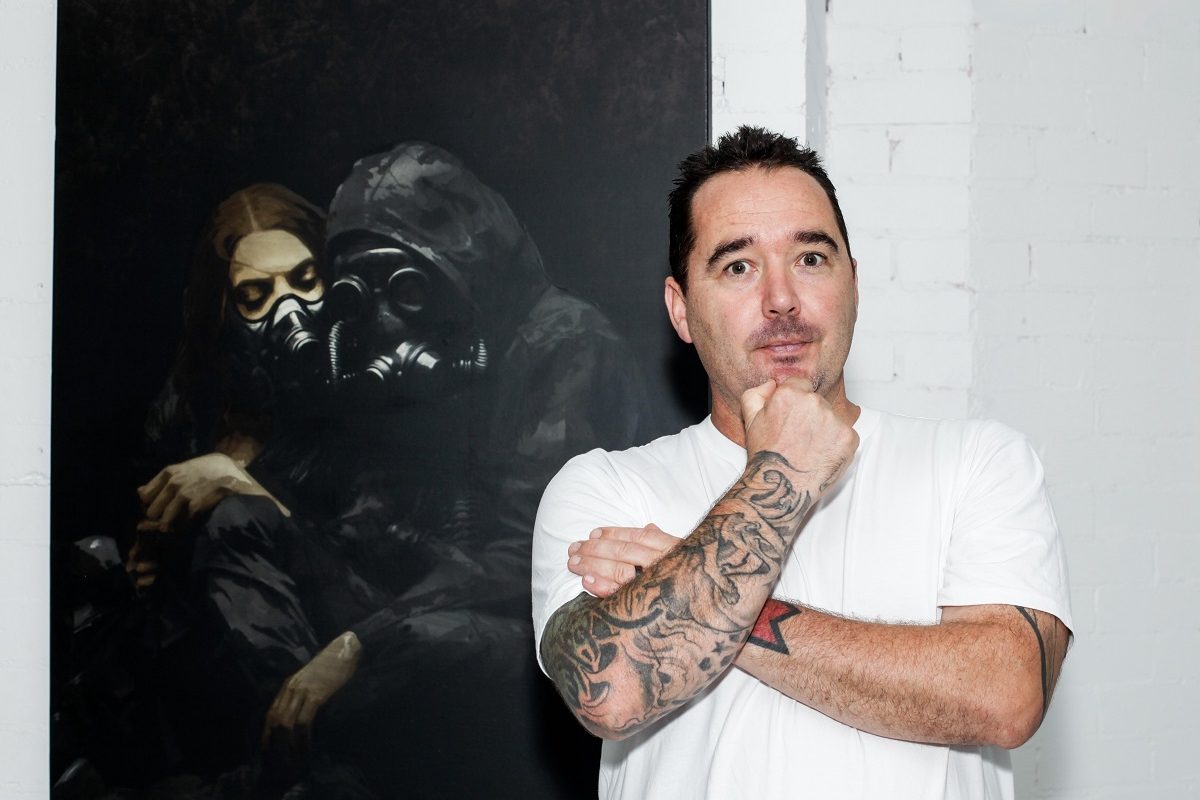BY any Australian estimate, this look into the 1944 Cowra Breakout is an exacting piece of theatre.

Conceived and written by the eminent Japanese director Yoji Sakate after a visit to Cowra, it presents the Japanese perspective on an episode notorious in the central West of New South Wales, but relatively little known in Japan, over 200 POWs died, mostly by their own hands, in a breakout closely related to the Japanese concept of honour.
I had the opportunity to view the play in Cowra late last week at the opening of the 70th anniversary commemorations of the breakout. It was a unique setting, especially moving when prisoners, said, “here we are in Cowra.” We were.
But it should prove no less exacting and enlightening for Canberra audiences when it hits the stage tonight at The Street Theatre.
Most Australians are familiar with the word “honcho,” but probably few know it to be the Japanese word for the head of a POW block, the very people, the play suggests, who coerced the young soldiers into committing mass suicide.
As the director of the play, Sakate has steered his large cast of 22, mostly Japanese, but some Australian, towards beautifully realised cameo and ensemble performances. These are strongly individualised, as with the soldier who discovers his skill as an actor while in Cowra, or the two young men to make some attempt at intimate human contact. Each actor has his moment and each delineates his character perfectly.
But as writer, Sakate has taken the daring step of encasing his Breakout story in a post modern narrative where a group of young female Australian tertiary students embark upon making a film about the Breakout.
This device, while useful in allowing some analysis of the pressure on the Japanese soldiers, slows the action down and switches the focus away from the soldiers, even when, “Rashomon”-like, this script calls for a rerun of the final moments before the Breakout to re-examine the POWs motives.
For the audience it proves unbelievably irritating, even if understandable. For n reality, we are much less interested in banks written young Australian women’s perceptions of the breakout and more on the soldiers’ reactions. Whether the one leads to the other is highly doubtful. The playwright’s attempt to link the coercion of soldiers into mass suicide with public dishonesty over the Fukushima Nuclear Disaster, however, does not succeed in my view – this is a step too far.
Technically, this is a fine piece of theatre. Set in a reconstructed barrack shed, with authentic maroon prisoners’ clothes, it is a fastidious reproduction of what it might be like as young Japanese men deal with the shame of captivity on the nagging of the militarists.
But make no mistake about it, this production demands concentration and attention. It is a privilege, however, to see a theatre company like Rinkogun at full force.
Who can be trusted?
In a world of spin and confusion, there’s never been a more important time to support independent journalism in Canberra.
If you trust our work online and want to enforce the power of independent voices, I invite you to make a small contribution.
Every dollar of support is invested back into our journalism to help keep citynews.com.au strong and free.
Thank you,
Ian Meikle, editor




Leave a Reply